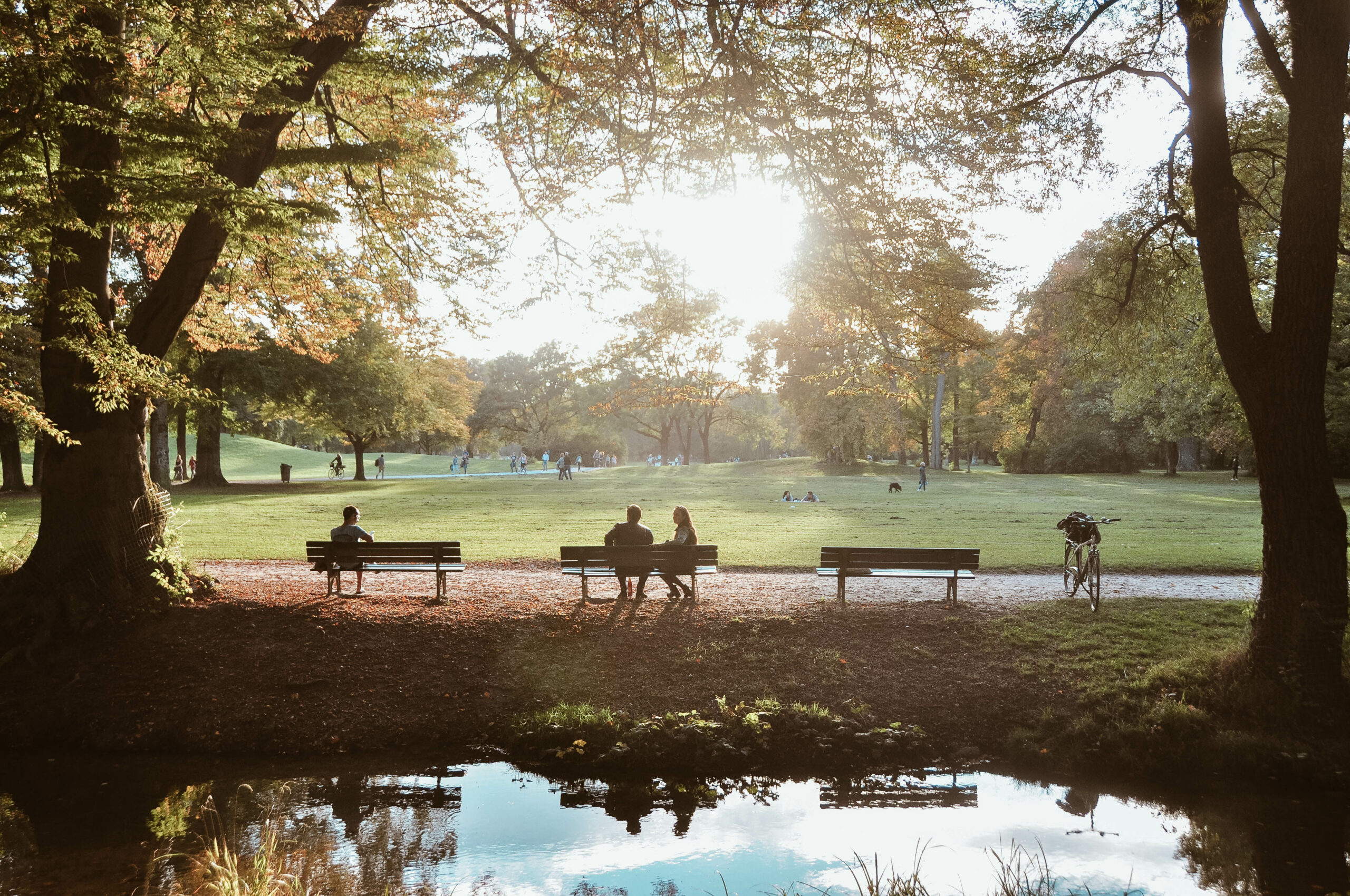We live in uncertain times and it’s normal to feel stressed about the future. As we are all forced to spend more time at home, our routines have also become more limited and monotonous—think thrice-daily commutes from the kitchen to the living room. Going out for a walk has become more than a way to get exercise or a change of scenery; it’s necessary for our emotional wellbeing.
Yes, it’s winter but this is a great time to reconnect with nature and breathe in fresh air. Fewer people are out and about, which means trails and paths are empty. And you don’t have to look far to find a great escape. Many of the biggest cities in Europe have public gardens or green spaces that offer a respite from the stresses of the past year. Here are our picks of the best natural, cultural spots around the continent.

Much of Bavaria is a veritable natural wonderland and its capital, Munich, offers green space aplenty. Head to the English Garden, one of the largest city parks in the world. Built in 1789, it affords visitors interconnected paths, nestled between expansive grassy areas, where oak—a national symbol that represents perseverance, strength and justice—rules supreme.
The English Garden is not just about native flora. Meander through the space and you’ll reach an island with a Nipponic garden and an authentic Japanese tea house, where ceremonies are occasionally still held. China is represented at the Chinese pagoda and Greece in the Monopteros, an elegant Neoclassical temple that affords a spectacular view of the surroundings. An incongruous site is the Eisbach, an artificial stream where surfers search for the perfect wave even in the dead of winter. Professionals only, bitte!

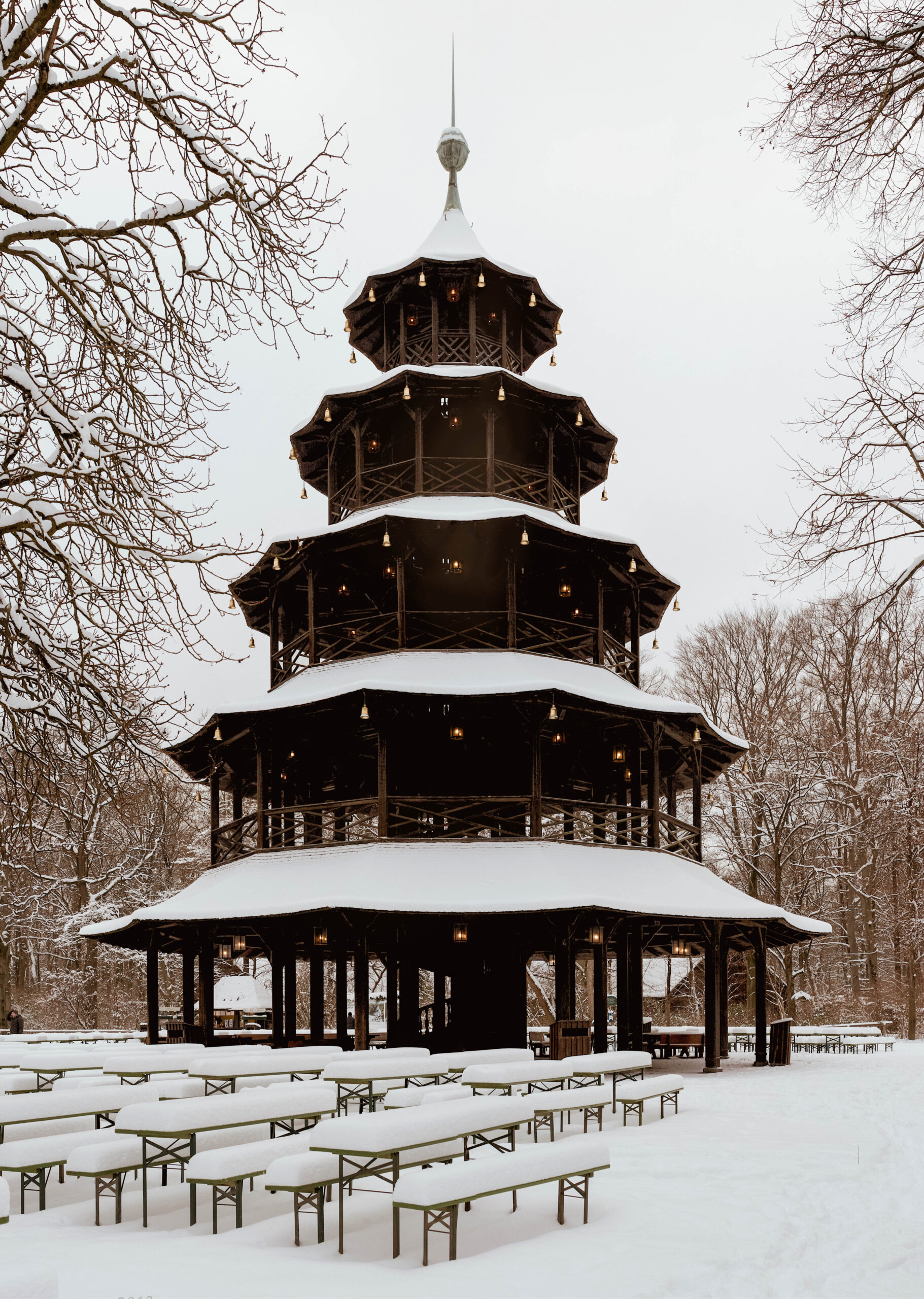
Oslo, Norway’s Vigeland Sculpture Park celebrates art not sports. The green space is free and open to the public throughout the year. The 80-acre site, with its conifers—typical of Norwegian flora—boasts more than 200 pieces by sculptor and local son Gustav Vigeland.
Stroll down the center path and you’ll come across a host of masterpieces in bronze, cast iron and granite. While the Angry Baby statue is one of the most popular figures, the Vigeland Fountain is a highlight because it expresses the human condition so vividly, from birth to death. We can all find one sculpture here to represent our feelings in the current environment.


Credit: Shutterstock
Did you know that the maritime pine is the official tree of Rome, Italy? Admire its slim and elegant silhouette while strolling through the public parks in the Italian capital. Legend has it that ancient Romans imported the tree from The Middle East for use in ship building. And one of the best places to see it is at Villa Torlonia in the Coppedé district.
Located just outside the Aurelian Walls, the expansive estate, once home to the Torlonia nobility, boasts an English garden and paths lined with imperial palms, often animated by colonies of parrots. The Neoclassical villa—built by architect Giuseppe Valadier in 1797—and the two granite obelisks that rise next to it, greet visitors. But it’s the Casina delle civette (House of the Owls) that inspires awe and delight.
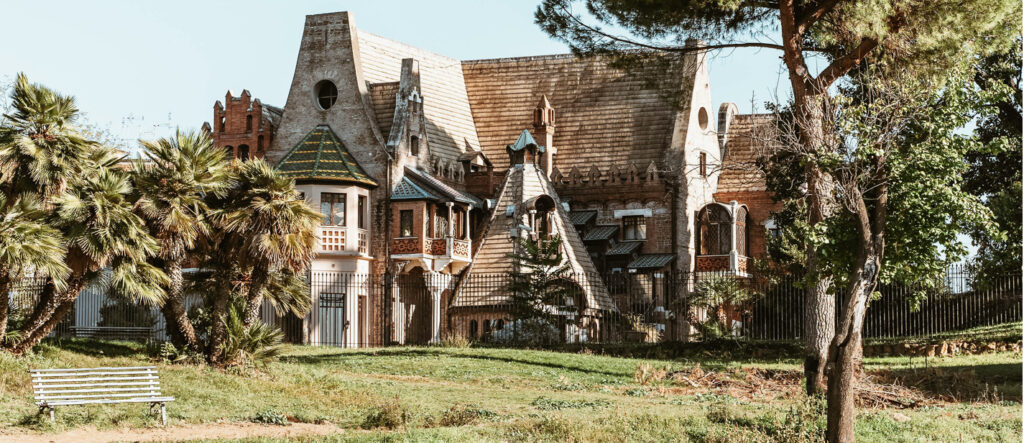

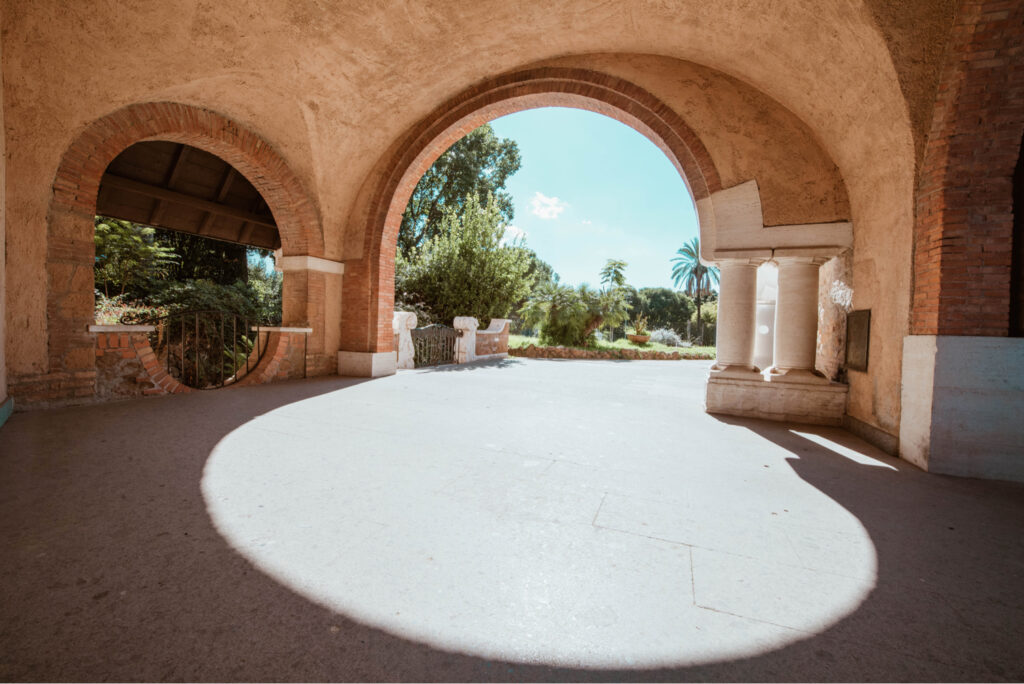
The former abode of Prince Alessandro Torlonia, this two-story manse looks as if it came straight out of an alpine fairytale with tower rooms and canopies made of glazed terracotta in a variety of colors. Once restrictions are lifted, visit the interior: mosaics, marble sculptures and stained-glass windows from the early twentieth century await.
In Zurich, Switzerland, the MFO-Park is a unique public works project that marries architecture and nature to wondrous heights.
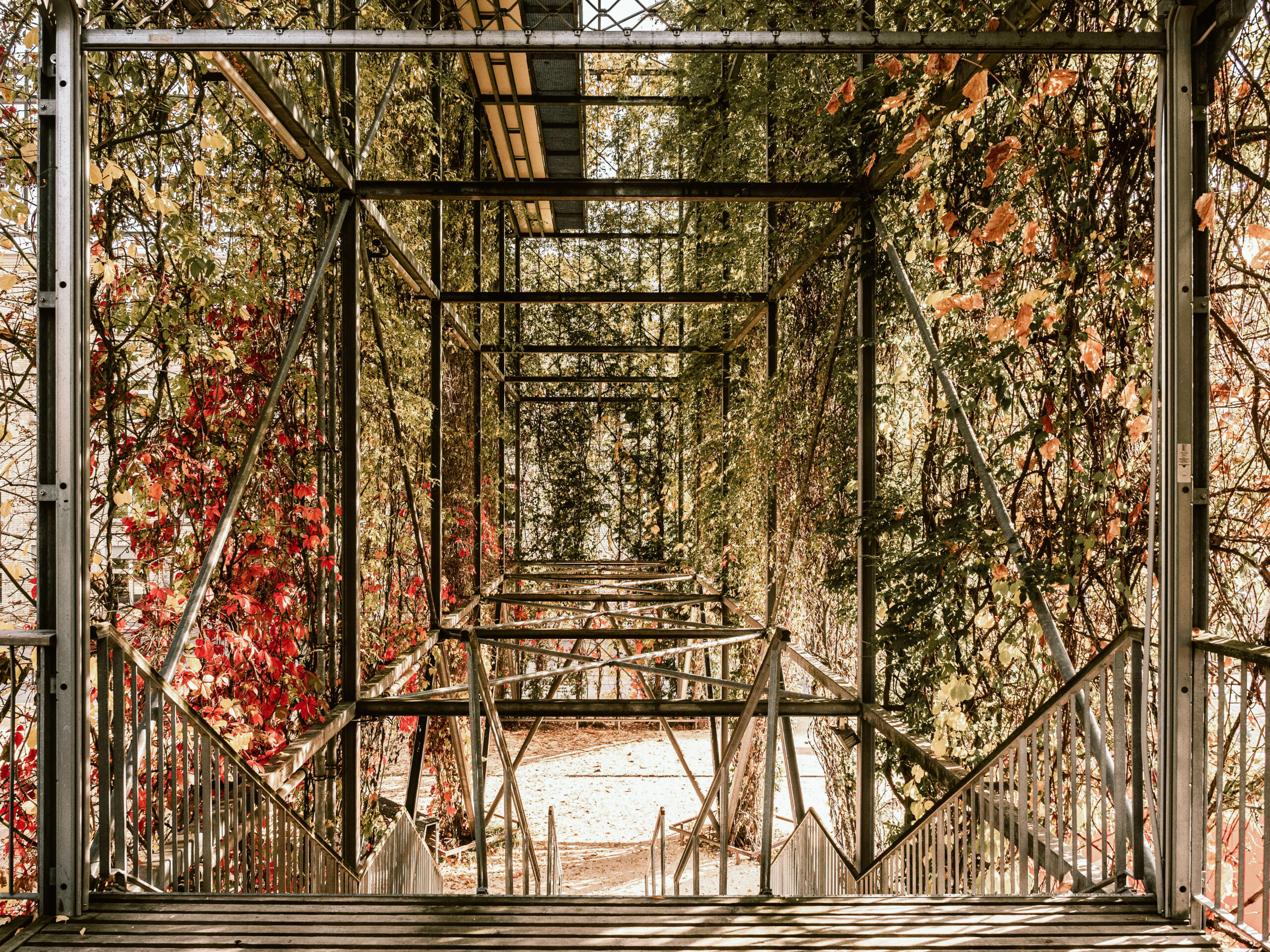
Built in 2002 on the grounds of an old machine factory, the Park House is an open trellis veiled in myriad plants. Walk up multiple levels and stand at various balconies to gaze upon more than 100 varieties of perennial woody vines and creepers enveloping steel cables. Naturally, in autumn and spring, a riot of colors are more prevalent but winter offers a unique perspective with wisteria, honeysuckle and hops climbing up the beams. The space is open 24 hours a day for anyone needing a quiet place to reflect on the past year and the new one upon us.
Winter will fade, flowers will bloom again as will our opportunities to travel and enjoy these spaces together.
